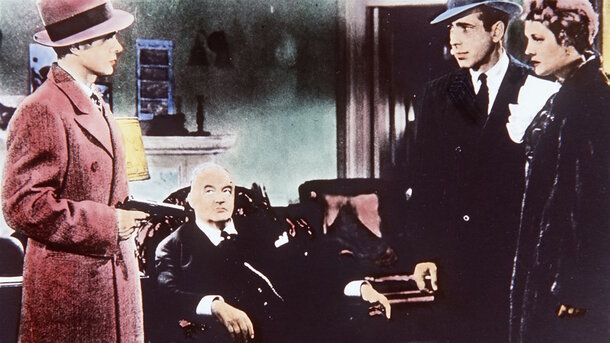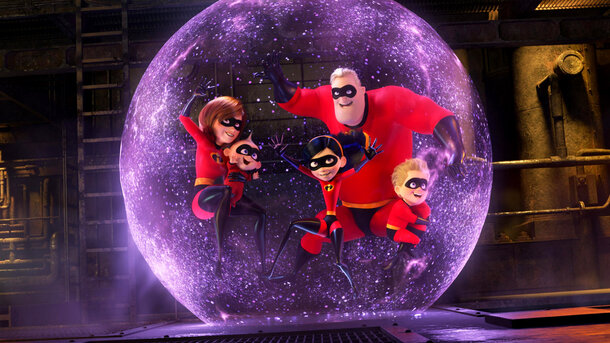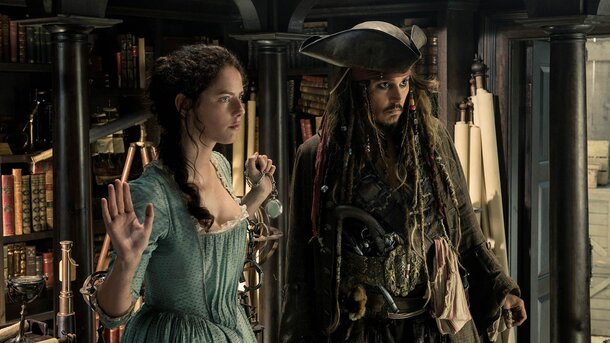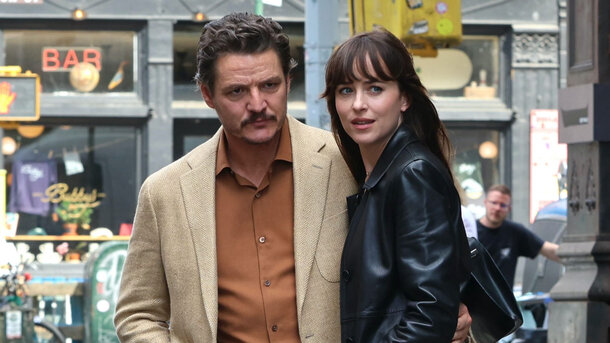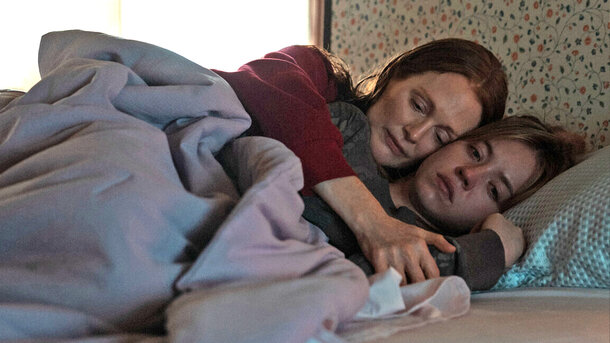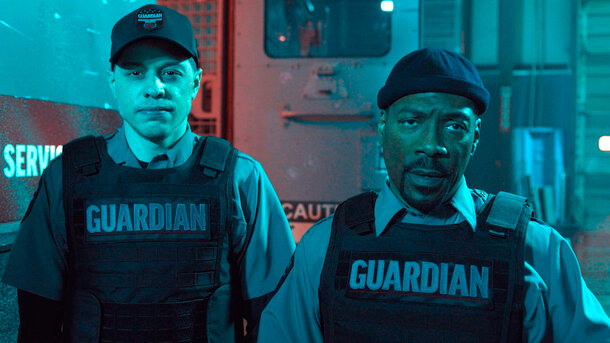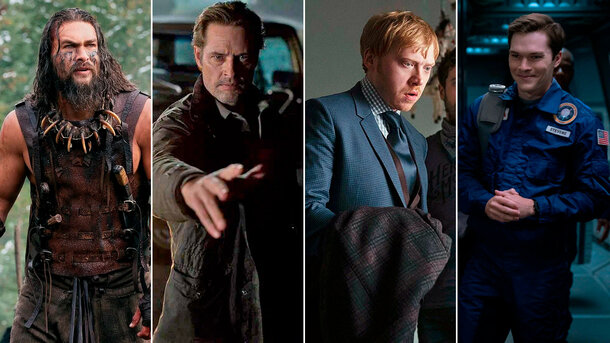I still remember the first time I stumbled upon The Maltese Falcon — not in a glamorous cinema hall, but on a scratched DVD unearthed at a secondhand stall tucked away near Camden Lock. I thought I was in for a quaint old detective yarn. What I got instead was a masterclass in how cinema first whispered, then shouted, that noir had arrived. And trust me, once Sam Spade’s fedora hit the screen, I didn’t dare blink.
Plot Overview: The Falcon Never Flies Straight
Without spoiling a single twist — and believe me, this film thrives on its twists — the story kicks off with a sultry woman and a missing sister. Cue Humphrey Bogart’s private investigator, Sam Spade, who’s barely lit a cigarette before he’s neck-deep in lies, corpses, and a sinister scramble for an elusive black statuette. The titular Falcon isn’t just a MacGuffin — it’s the stuff of greed, betrayal, and obsessions sharp enough to cut glass. It’s less about the bird, more about what it brings out in people.
Director’s Vision: Huston’s Calculated Chaos
John Huston, making his directorial debut, doesn’t just deliver a film — he redefines the genre. Every line, every look, is crafted to disorient and seduce. His choice to lean on shadow play and tight framing sets the tone for noir to come. There’s something deliberately off-kilter in the rhythm of it all — like you’re one step behind, no matter how clever you think you are.
What’s especially bold is how Huston never hands you the moral compass. Everyone's flawed. Everyone’s a suspect. And somehow, you don’t want any of them to win, yet you can’t look away.
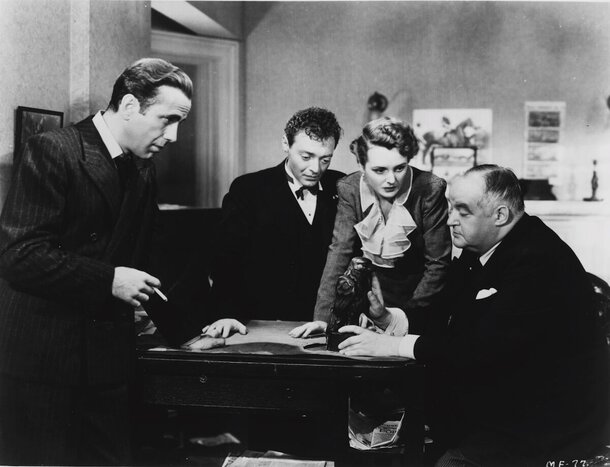
Performances: Bogart Becomes a Legend
Humphrey Bogart is Sam Spade. This was the role that pulled him out from the second-string and planted him firmly in cinema history. He’s sharp-tongued, unreadable, and straddles the line between hero and antihero like it’s a tightrope. Mary Astor as the duplicitous Brigid O’Shaughnessy is deliciously enigmatic — you’d follow her down a dark alley and probably regret it, but you’d still go.
Then there’s Peter Lorre, perfectly creepy as Joel Cairo, and Sydney Greenstreet — in his film debut — as the unsettlingly polite yet utterly ruthless Kasper Gutman. Greenstreet's performance alone deserves its own spotlight.
Cinematography and Sound: Smoke, Shadows, and Suspicion
Arthur Edeson’s cinematography drenches the screen in moody chiaroscuro. Shadows coil like smoke around the characters, echoing the moral ambiguity at the film’s core. The sparse score by Adolph Deutsch knows when to vanish and when to heighten tension — never overstepping, always enhancing. This is a film where silence often screams louder than music.
Themes and Symbolism: The Price of Desire
At its heart, The Maltese Falcon is about what we want — and how we’re willing to destroy each other to get it. That fake bird becomes a mirror, showing each character's darkest reflection. Trust is a game, truth is negotiable, and innocence? Well, that barely survived the opening credits.
Audience Reactions: USA vs. UK
Back in the 1940s, American audiences devoured it. It was gritty, fast-talking, and perfectly timed for a post-Depression, pre-war nation itching for cynicism with its cinema. Bogart became an instant icon, and The Maltese Falcon marked a cultural shift — crime films were no longer black and white in morality, even if shot in black and white.
Across the pond, British viewers approached it with more reserve. Critics admired its dialogue and performances, though some found its pacing dense and morally murky. Over time, however, UK audiences have come to revere the film as a noir cornerstone, often featured in British Film Institute retrospectives and late-night BBC classics. It’s grown from a puzzler to a pillar — a film that rewards patient, intelligent viewing.
Factual Details and Production Insight
Released in 1941, The Maltese Falcon was made on a modest budget of around $381,000, yet it became a critical and commercial success. Though it didn’t sweep awards season, it earned three Academy Award nominations: Best Picture, Best Supporting Actor (Sydney Greenstreet), and Best Adapted Screenplay (John Huston). The IMDb rating currently stands at 8.0/10, a testament to its enduring legacy.
It’s also notable as one of the first films to be fully preserved in the United States National Film Registry for its cultural, historical, and aesthetic significance.
Final Verdict: Still Worth the Chase
Even now, watching The Maltese Falcon feels like discovering the blueprint for a hundred films that followed. It’s witty without being showy, brutal without excess, and layered enough to demand — and deserve — rewatching. If you’ve got a taste for razor-sharp dialogue, morally grey characters, and a masterclass in restrained tension, this one belongs firmly in your collection.
